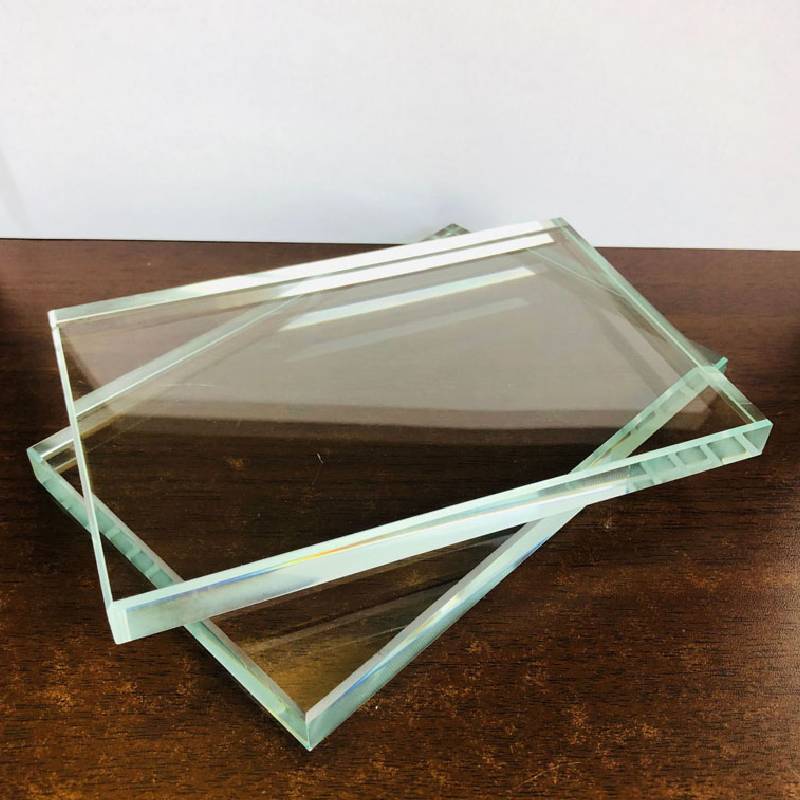Types of Glass Architecture A Reflection of Modern Design
Glass architecture has become a defining element of modern design, symbolizing transparency, fluidity, and the blurring of boundaries between indoor and outdoor spaces. The versatility of glass allows architects to create innovative structures that not only provide aesthetic appeal but also enhance functionality and sustainability. This article explores various types of glass architecture, highlighting their characteristics, benefits, and some iconic examples.
1. Curtain Wall Systems
Curtain wall systems are arguably one of the most popular forms of glass architecture. These non-structural cladding systems are typically used to cover the exterior walls of skyscrapers, allowing natural light to flood the interiors while minimizing the weight and material required for the overall structure. The glass panels are suspended from the building frame, which offers design flexibility and the ability to create striking visual effects. A notable example of curtain wall architecture is the One World Trade Center in New York, which features a sleek glass façade that reflects the skyline while providing breathtaking views from within.
2. Glass Houses
Glass houses represent a more intimate use of glass in architecture, often emphasizing the relationship between the occupants and their natural surroundings. These structures are designed with expansive glass walls that create a seamless connection between the interior and exterior. The Farnsworth House, designed by Mies van der Rohe in the 1950s, is a quintessential example. Its minimalistic design highlights the beauty of its natural setting, allowing the surrounding landscape to become part of the living environment. Glass houses challenge traditional notions of privacy and boundaries, encouraging occupants to engage with nature in an unprecedented way.
3. Glass Bridges and Walkways
Innovative architects have repurposed glass in creating bridges and walkways that offer unique panoramic experiences. Glass bridges are usually suspended at significant heights, providing thrilling views of the landscape below. One of the most famous examples is the Zhangjiajie Glass Bridge in China, which holds the record for the world’s longest and highest glass bridge. This architectural marvel not only serves as a functional pathway but also as a tourist attraction in its own right, allowing visitors to experience breathtaking views of the surrounding scenery while walking on transparent panels.
types of glass architecture
4. Glass Facades
Glass facades transform the exterior appearance of buildings, enhancing their visual impact while maximizing the use of natural light. These facades can be made of single or double-glazed panels, and they can incorporate various treatments to improve energy efficiency. The Seattle Central Library, designed by Rem Koolhaas, is an exemplary model of a glass facade. Its angular, multi-faceted exterior creates a dynamic interaction with light and shadow, turning the building itself into a work of art.
5. Bioclimatic Glass Architecture
With growing awareness of sustainability, bioclimatic glass architecture is gaining traction. This approach utilizes glass not just for aesthetics, but as a way to enhance energy efficiency and reduce the environmental impact of buildings. By strategically placing glass to optimize natural light and heat, bioclimatic designs minimize the need for artificial lighting and climate control systems. The Eden Project in the United Kingdom is a striking illustration of this concept; its geodesic domes made of ETFE (a type of fluoropolymer) offer a lightweight, energy-efficient alternative to traditional glass structures while allowing for diverse plant life to thrive within.
6. Smart Glass Technology
The advent of smart glass technology is revolutionizing glass architecture, allowing dynamic control over light and privacy. Smart glass can change its properties in response to environmental factors or user preferences, enabling better thermal management and energy efficiency. For instance, buildings equipped with electrochromatic glass can automatically tint their windows to reduce glare and heat buildup, creating comfortable living and working conditions. This technology is becoming increasingly popular in corporate offices and high-end residential designs, highlighting the intersection of technology and architecture.
In conclusion, glass architecture fascinates with its array of forms and functions. From curtain walls and glass houses to bridges and smart technologies, the applications of glass in architecture demonstrate both innovation and a harmonious relationship with the environment. As designers continue to push the boundaries of what is possible with glass, we can expect to see even more extraordinary structures that redefine our perception of space, light, and sustainability.
 Afrikaans
Afrikaans  Albanian
Albanian  Amharic
Amharic  Arabic
Arabic  Armenian
Armenian  Azerbaijani
Azerbaijani  Basque
Basque  Belarusian
Belarusian  Bengali
Bengali  Bosnian
Bosnian  Bulgarian
Bulgarian  Catalan
Catalan  Cebuano
Cebuano  Corsican
Corsican  Croatian
Croatian  Czech
Czech  Danish
Danish  Dutch
Dutch  English
English  Esperanto
Esperanto  Estonian
Estonian  Finnish
Finnish  French
French  Frisian
Frisian  Galician
Galician  Georgian
Georgian  German
German  Greek
Greek  Gujarati
Gujarati  Haitian Creole
Haitian Creole  hausa
hausa  hawaiian
hawaiian  Hebrew
Hebrew  Hindi
Hindi  Miao
Miao  Hungarian
Hungarian  Icelandic
Icelandic  igbo
igbo  Indonesian
Indonesian  irish
irish  Italian
Italian  Japanese
Japanese  Javanese
Javanese  Kannada
Kannada  kazakh
kazakh  Khmer
Khmer  Rwandese
Rwandese  Korean
Korean  Kurdish
Kurdish  Kyrgyz
Kyrgyz  Lao
Lao  Latin
Latin  Latvian
Latvian  Lithuanian
Lithuanian  Luxembourgish
Luxembourgish  Macedonian
Macedonian  Malgashi
Malgashi  Malay
Malay  Malayalam
Malayalam  Maltese
Maltese  Maori
Maori  Marathi
Marathi  Mongolian
Mongolian  Myanmar
Myanmar  Nepali
Nepali  Norwegian
Norwegian  Norwegian
Norwegian  Occitan
Occitan  Pashto
Pashto  Persian
Persian  Polish
Polish  Portuguese
Portuguese  Punjabi
Punjabi  Romanian
Romanian  Russian
Russian  Samoan
Samoan  Scottish Gaelic
Scottish Gaelic  Serbian
Serbian  Sesotho
Sesotho  Shona
Shona  Sindhi
Sindhi  Sinhala
Sinhala  Slovak
Slovak  Slovenian
Slovenian  Somali
Somali  Spanish
Spanish  Sundanese
Sundanese  Swahili
Swahili  Swedish
Swedish  Tagalog
Tagalog  Tajik
Tajik  Tamil
Tamil  Tatar
Tatar  Telugu
Telugu  Thai
Thai  Turkish
Turkish  Turkmen
Turkmen  Ukrainian
Ukrainian  Urdu
Urdu  Uighur
Uighur  Uzbek
Uzbek  Vietnamese
Vietnamese  Welsh
Welsh  Bantu
Bantu  Yiddish
Yiddish  Yoruba
Yoruba  Zulu
Zulu 

